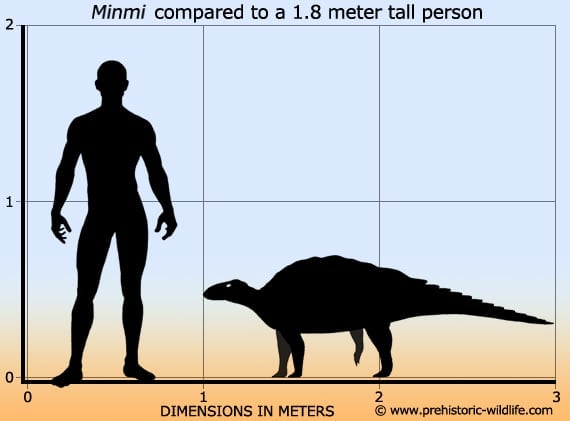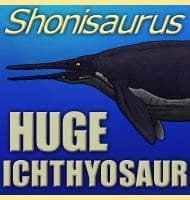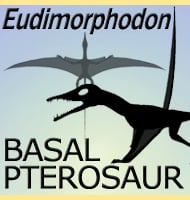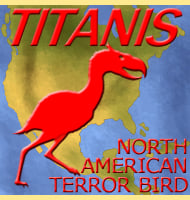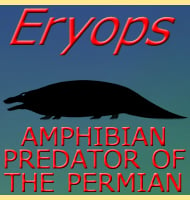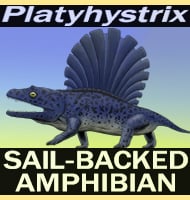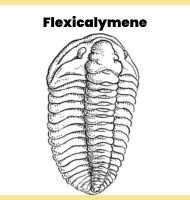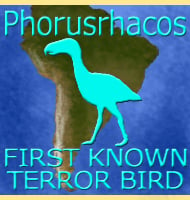In Depth
Well preserved dinosaur remains are rare from Australia, but Minmi is one of the exceptions. This is in part due to the small body size of Minmi which meant that it would have been more easily buried than a larger animal, something that would have protected the remains from being scattered by scavengers and weather. Fortunately the remains were discovered before they were exposed to the full effects of today’s Australian climate which can quickly erode and damages valuable fossil specimens when they are exposed.
The phylogenetic placement of Minmi is a little awkward, but currently it sits within the Ankylosauria as a basal ankylosaur. Minmi is not considered to be a true member of the more advanced ankylosaurids because it lacks some key defining characteristics of this group. Still Minmi was what is termed an armoured dinosaur, and it seems that Minmi had a variety of different armoured osteoderms (bony armour plates that are also sometimes referred to as scutes) that ran across its back. While the main body seems to have had an assortment of smaller osteoderms, larger ones were present on more vulnerable areas such as the neck, head, shoulders and hips, all areas that predators usually target to make a quick kill. Although still uncertain, the large osteoderms may have formed tall spikes that would have made it even more difficult for a predatory dinosaur to jump onto, or larger ones like Australovenator to bite down on. It’s also considered possible that these larger osteoderms spikes also continued down the length of the tail, but fossil material is still lacking to confirm this. One key area of difference between the armour of Minmi and that of the later ankylosaurids are the horizontally arranged osteoderms that ran parallel to the vertebra rather than the ribs. This is reflected in the specific species name of M. paravertebra. Perhaps the most exciting discovery associated with Minmi is that of a cololite, a food pellet that would have been inside the stomach of the living dinosaur that reveals what kind of food it ate. Analysis revealed the presence of seeds, fruit and both fibrous vascular (stems, leaves) and vesicular (spore) plant tissue. While the fruit and seeds seem to have been swallowed the more fibrous tissues show signs of being cleanly cut in very small sections. This has helped confirm the theory that armoured dinosaurs like Minmi relied upon processing their food in their mouths rather than using gastroliths (swallowed stones) to process the food for them. Teeth in these dinosaurs are more adapted to chopping rather mashing, and wear damage in other genera shows that the teeth of the upper and lower jaws came together in a shearing action. By chopping food in the mouth into smaller pieces, a greater surface area is exposed to the digestive acids so that far more efficient digestion can take place. This also hints that in life Minmi, and other similar dinosaurs, actually had cheeks to stop food from falling out of the sides of the mouth as it was being processed.
One more bit of trivia, Minmi once had the shortest dinosaur name, a title it held onto for twenty-four years until the naming of Mei in 2004. Now dinosaur names are even shorter with the 2015 naming of the genus Yi.
Further Reading
– An ankylosaur (Ornithischia, Reptilia) from the Lower Cretaceous of southern Queensland – Ralph E. Molnar – 1980. – The paravertebral elements of the Australian ankylosaur Minmi (Reptilia: Ornithischia, Cretaceous). – Neues Jahrbuch f�r Geologie und Pal�ontologie, Abhandlungen. 175: 19–37. – R. E. Molnar & E. Frey – 1987. – Preliminary report on a new ankylosaur from the Early Cretaceous of Queensland, Australia. – Memoirs of the Queensland Museum. 39 (3): 653–668. – R. E. Molnar – 1996. – Gut Contents of a Small Ankylosaur. – Journal of Vertebrate Paleontology. & Taylor & Francis, Ltd. 20 (1): 194–196. – Ralph E. Molnar & H. Trevor Clifford – 2000. – First evidence of ankylosaurian dinosaurs (Ornithischia: Thyreophora) from the mid-Cretaceous (late Albian-Cenomanian) Winton Formation of Queensland, Australia. – Alcheringa. 37 (2): 249–257. – L. G. Leahey & S. W. Salisbury – 2013. – Cranial osteology of the ankylosaurian dinosaur formerly known as Minmi sp. (Ornithischia: Thyreophora) from the Lower Cretaceous Allaru Mudstone of Richmond, Queensland, Australia. – PeerJ. 3: e1475. – Lucy G. Leahey, Ralph E. Molnar, Kenneth Carpenter, Lawrence M. Witmer & Steven W. Salisbury – 2015.
